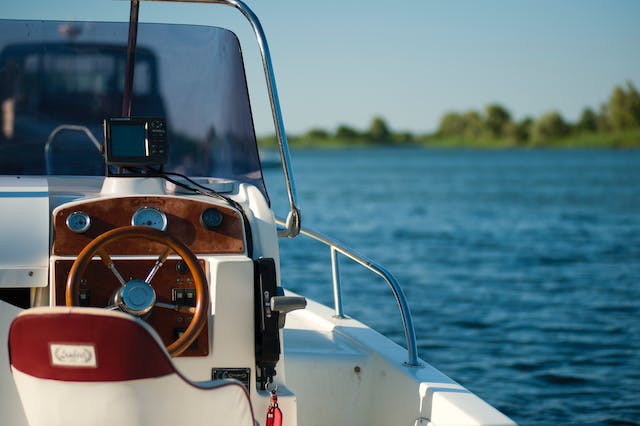Boats have been used for thousands of years to travel and transport goods across bodies of water. From simple rafts made out of logs to modern luxury yachts, boats have played a significant role in human history.
Types of Boats
Boats can be classified into different types depending on their size, purpose, and method of propulsion. Some common types of boats include:
- Sailing boat: These boats use wind as their primary source of propulsion and have a tall mast with sails attached.
- Motorboat: These boats are powered by an internal combustion engine or electric motor.
- Canoe/Kayak: Small, narrow boats that can be propelled using paddles.
- Fishing boat: These boats are specifically designed for fishing and come in various sizes and shapes.
Historically, boats were also used for military purposes and transportation of goods. Different cultures have developed their own unique types of boats depending on their needs and environment. For example, the Inuit people of the Arctic use kayaks for hunting and transportation over icy waters.
Parts of a Boat
Understanding the different parts of a boat is essential for safe navigation and maintenance. Some important parts include:
- Hull: This is the main body of the boat that provides buoyancy and stability.
- Deck: The top surface of the boat that provides a platform for people to walk on.
- Stern: The back of the boat.
- Bow: The front of the boat.
- Rudder: A flat, movable piece at the stern used for steering the boat.
- Propeller: A rotating blade or screw-shaped device used to propel the boat through the water.
Advantages and Disadvantages of Boats
Boats offer many advantages, such as being an efficient mode of transportation over water and providing access to remote areas. They also allow for recreational activities like fishing, water sports, and cruising. However, boats also have their drawbacks, including high maintenance costs and the potential for accidents on the water.
Buying a Boat
When buying a boat, it is crucial to consider factors such as the purpose of the boat, budget, and maintenance costs. It is also essential to research and understand the rules and regulations for operating the boat in your area. Additionally, proper training and certification may be required for certain types of boats or activities.
Future of Boats
As technology advances, boats are becoming more efficient, environmentally friendly, and comfortable. Electric-powered boats and solar-powered boats are gaining popularity as people become more conscious of their environmental impact. Higher-priced boats can be further customized with yacht upholstery and fine furnishings. Autonomous boats with advanced navigation systems are also being developed for various applications, such as surveying and ocean research. The future holds many exciting possibilities for the evolution of boats. Overall, boats will continue to play an important role in transportation, recreation, and exploration. Whether it’s a small fishing boat or a large cruise ship, the history and future of boats are deeply intertwined with human civilization. So next time you see a boat gliding across the water, take a moment to appreciate its significance and the endless possibilities it holds.
Conclusion
Boats have been an essential part of human civilization, serving as a means of transportation, trade, and recreation. With advancements in technology and a growing awareness of sustainability, the future of boats looks promising. Whether for work or leisure, boats will continue to play a significant role in our lives for years to come. So, it is important to understand the different types and parts of boats to fully appreciate their impact on our world. Let us continue to embrace and appreciate these marvels of human ingenuity.

